I have two numpy arrays, x and y, with 7000 elements each. I want to make a scatter plot of them giving each point a different color depending on these conditions:
-BLACK if x[i]<10.
-RED if x[i]>=10 and y[i]<=-0.5
-BLUE if x[i]>=10 and y[i]>-0.5
I tried creating a list of the same length as the data with the color I want to assign to each point and then plot the data with a loop, but it takes me a long time to run it. Here's my code:
import numpy as np
import matplotlib.pyplot as plt
#color list with same length as the data
col=[]
for i in range(0,len(x)):
if x[i]<10:
col.append('k')
elif x[i]>=10 and y[i]<=-0.5:
col.append('r')
else:
col.append('b')
#scatter plot
for i in range(len(x)):
plt.scatter(x[i],y[i],c=col[i],s=5, linewidth=0)
#add horizontal line and invert y-axis
plt.gca().invert_yaxis()
plt.axhline(y=-0.5,linewidth=2,c='k')
Before that, I tried creating the same color list in the same way, but plotting the data without the loop:
#scatter plot
plt.scatter(x,y,c=col,s=5, linewidth=0)
Even though this plots the data much, much faster than using the for loop, some of the scattered points appear with a wrong color. Why not using a loop to plot the data leads to incorrect color of some points?
I also tried defining three sets of data, one for each color, and adding them to the plot separately. But this is not what I am looking for.
Is there a way to specify in the scatter plots arguments the list of colors I want to use for each point in order not to use the for loop?
PS: This is the plot I get when I don't use the for loop (wrong one):
And this one when I use the for loop (correct):


